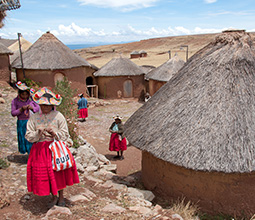What a hotel! What a history! The Strand opened in 1901, on Strand Road, Rangoon, at the time one of British India's largest and most prized cities. It was built by British Entrepreneur John Darwood and acquired by the Sarkies brothers, who collected more than a few of Southeast Asia's grand colonial hotels including Raffles Hotel in Singapore, "Eastern and Oriental Hotel in Penang, Malaysia and Hotel Majapahit in Surabaya, Indonesia. From the beginning, The Strand was regarded as 'the finest hostelry east of Suez', and Murray's Handbook for Travellers in India, Burma and Ceylon, 1911 edition, says the hotel was 'patronized by royalty, nobility and distinguished personages'.
The distinguished and less so, have continued to patronize the three-storey hotel in the decades since. There have been, of course, a few interludes over the years. A major renovation took place in 1937 for instance. During World War II, the occupying Japanese used part of the hotel, as stables for military horses. Then there was the war tine bomb that plunged through The Strand roof to land, unexplodec, in what was known as Princess Hall and is now the hotel manager's office. There it remained for a few days, drawing curious crowds, before it was finally carted away
The Strand has long been recognised as a national landmark, arriedel of auspicicus, colonial repose. The hotel's Victorian influence is visible even from the colonnaded entranceway. Inside speils the same story; the marble floor inlaid with teak wood, the rattari furniture and potted palms, the chandeliers and black-lacquered ceiling fans - all of its imbues The Strand with a personality as welcome as it is inimitable.
With the renovation of the early 1990s, the room inventory was reduced from 50 to 32 spacious, elegantly appointed suites. All suites are located on the two upper floors and all suites are serviced 24 hours a day by a team of butlers - the men in sporting Buimese dress jackets or tighpone, the women in Steri-style blouses, and both wearing sandals and the local wraps known as 'longyis?












